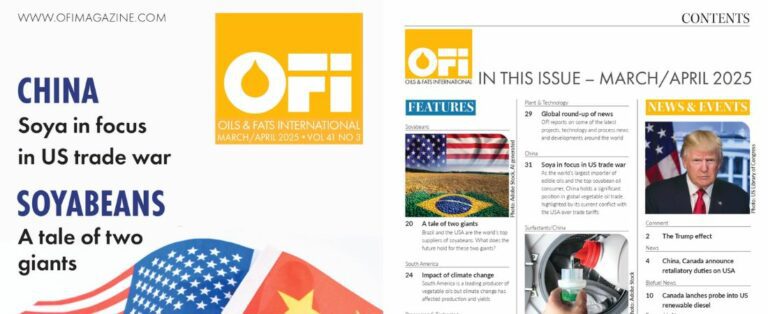
Global stocks of grains aren't exactly plentiful, but speculators are quickly losing confidence in their bullish bets on Chicago corn as trade tariffs and massive U.S. corn plantings loom.
In the week ended March 25, fund managers reduced their net long position in CBOT corn futures and options to 74,607 contracts from 107,270 the previous week, setting their least bullish view since early November.
Over the past five weeks, money managers have cut their net long corn by nearly 280,000 contracts. Before this year, the largest five-week liquidation of a similarly bullish position was 170,000 between September and October 2011.
While the recent reduction was largely due to exits from long positions, new short positions have been more prominent in the past two weeks, particularly the last one. This suggests growing comfort in a speculative short corn position.
Corn futures have already weakened significantly, however. The most-active CBOT corn on Friday bottomed at $4.42 a bushel, its lowest since December, before closing at $4.53-1/4. That's well below February's high of $5.13-3/4.
CBOT wheat also suffered a sharp decline, hitting its lowest levels since July 31 on Friday before settling at US$ 5.28-1/4 a bushel.
Money managers extended their net short position in CBOT wheat futures and options through March 25 to an eight-week high of 92,587 contracts, up from 80,668 the previous week. Funds haven’t been bullish on Chicago wheat since June 2022.
Soy and more
In CBOT soybeans, fund managers staked out their most bearish position in three months, raising their net short position to 42,959 futures and options contracts through March 25 from 22,005 the previous week.
They were also sizable sellers of soybean products. They increased their net short position in CBOT soymeal to 84,050 contracts from 61,013 a week earlier. In addition, the funds boosted their net short position in CBOT soybean oil to a six-month high of 44,618 contracts from 27,609 a week earlier.
The latest move may have hurt late last week, as CBOT soybean oil futures jumped nearly 6% on Thursday and Friday, hitting a one-month high. That came amid a potential move on U.S. biofuels policy, which has been stalled for the past two years.
Soybeans rise on oil support as focus turns to the US
Soybeans also rose late last week in sympathy, hitting two-week highs on Friday. Brazil is in the final stages of harvesting a record soybean crop, but market attention will turn to U.S. planting intentions and the U.S. Department of Agriculture's grain stockpiles on Monday.
Analysts expect a significant drop in U.S. soybean acres from last year and a comparable gain in corn acres. However, some are bracing for an even larger corn acreage than the trade median estimate of 94.361 million acres. That could result in a relatively small acreage devoted to soybeans.
The latest move may have hurt late last week, as CBOT soybean oil futures jumped nearly 6% on Thursday and Friday, hitting a one-month high. That came amid a potential move on U.S. biofuels policy, which has been stalled for the past two years.
Market eyes US stocks and planting
Soybeans also rallied late last week in sympathy, hitting two-week highs on Friday. Brazil is in the final stages of harvesting a record soybean crop. However, the market's attention will turn to the United States. Planting intentions in the country will be one of the focuses. In addition, the U.S. Department of Agriculture's grain stockpiles will also be on the radar. Releases are scheduled for Monday.
Analysts expect a significant drop in U.S. soybean acres from last year and a comparable gain in corn acres. However, some are bracing for an even larger corn acreage than the trade median estimate of 94.361 million acres. That could result in relatively small soybean numbers.
U.S. corn and soybean ending stock estimates for 2024-25 have fallen in recent months due to strong demand and smaller crops. They will be put to the test in Monday’s stockpile survey, which will mark stock levels at the midpoint of the marketing year.
These USDA reports are known to shake up markets. However, the April 2 deadline for reciprocal tariffs on U.S. trading partners could steal the spotlight this week.
U.S. President Donald Trump dubbed Wednesday a “liberation day” for the U.S. economy. However, it may not feel so liberating for U.S. agricultural markets. Escalating trade conflicts were the main catalyst for the sharp drop in prices a month ago.
Source: Karen Braun and Diane Craft | Notícias Agrícolas















